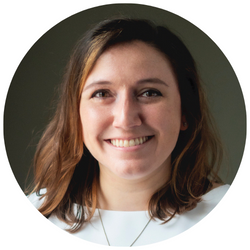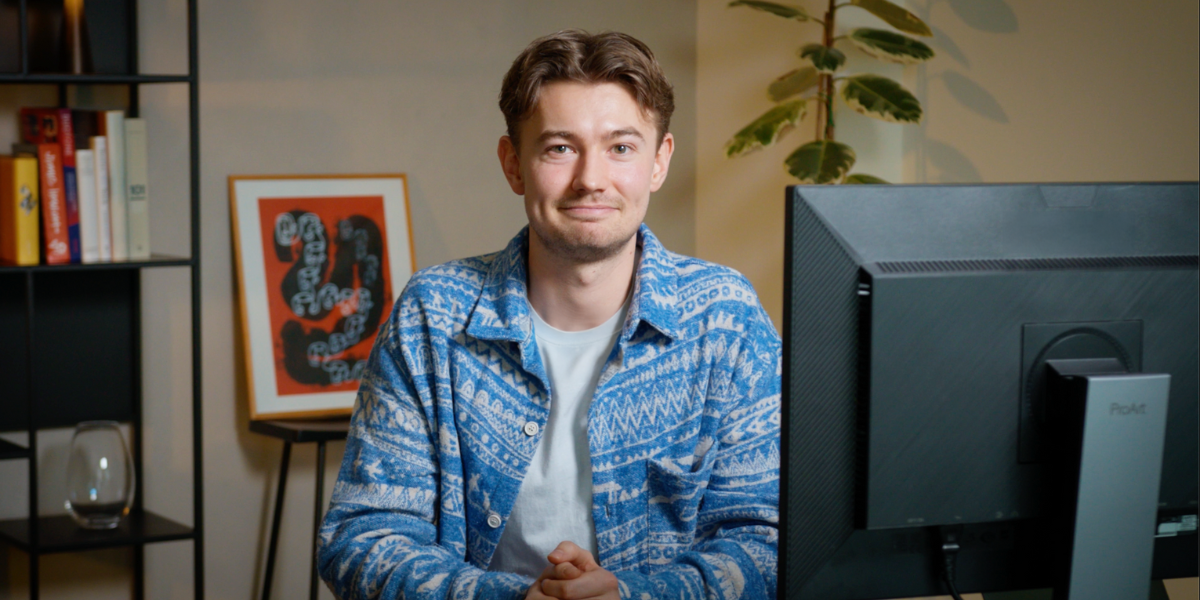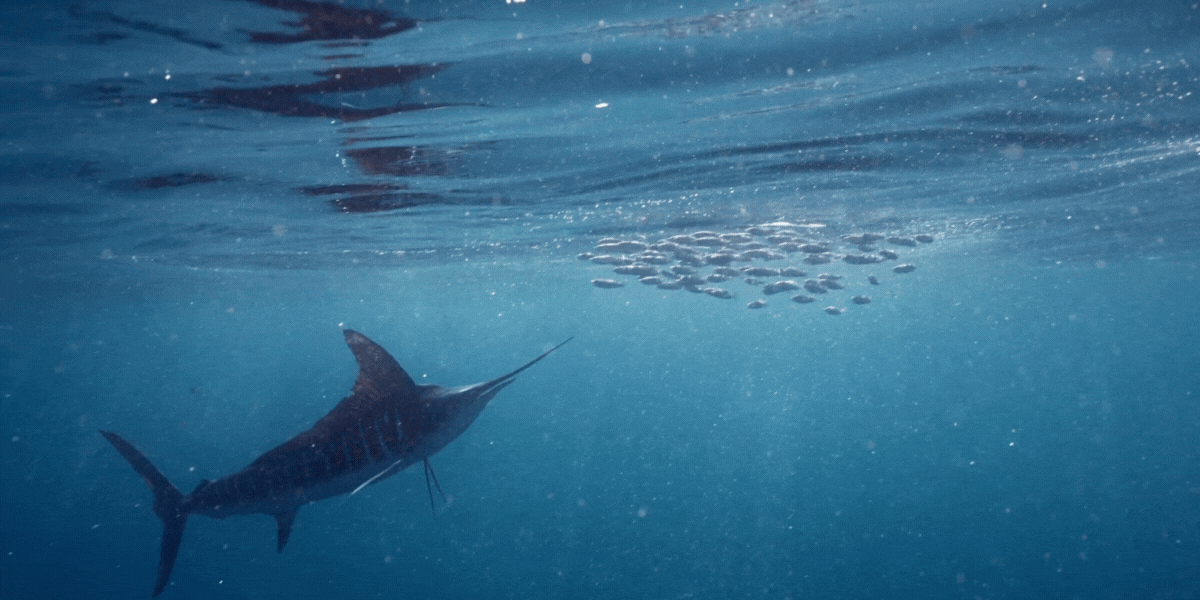Créer de la bonne poésie est difficile. Et cela semble être un euphémisme.
Mais, selon nous, c’est en réalité le contraire.
Nous pensons que laisser l’esprit vagabonder et enregistrer ce voyage est un moyen fantastique de découvrir vos pensées les plus profondes et de transmettre des vérités universellement poétiques.
Mais comment commencer ?

Les suggestions d'écriture sont un excellent moyen de briser nos barrières mentales et de commencer à écrire librement. Une fois dans la zone, les pensées, les émotions et les idées jailliront.
Essayez quelques-unes de ces invites d’écriture de poésie rassemblées par l’équipe Freewrite.
- Écrivez un poème du point de vue d’un bâtiment abandonné.
- Décrivez votre souvenir d’enfance le plus vif en utilisant uniquement les 5 sens.
- Imaginez que vous marchez dans la rue et que vous voyez un inconnu que vous connaissez. Décrivez ce que vous ressentez.
- Écrivez un poème adressé à votre futur moi.
- Créez un poème composé uniquement de questions.
- Pensez à votre œuvre d'art préférée. Créez un poème qui décrit ce que vous ressentez devant elle.
- Écrivez un sonnet sur le moment juste avant l’aube.
- Choisissez une couleur. Écrivez un poème décrivant cette couleur à quelqu'un qui ne l'a jamais vue. Répétez l'opération avec toutes les couleurs de l'arc-en-ciel.
- À quand remonte la dernière fois où vous vous êtes senti vraiment vivant ? Décrivez-la.
- Choisissez un aliment que vous n'avez jamais goûté. Écrivez un poème sur son goût.
- Écrivez un poème en utilisant uniquement des mots commençant par la même lettre.
- Capturez le son de l'eau dans un haïku .
- Écrivez sur le bruit de la pluie sur différentes surfaces.
- Choisissez un événement historique et écrivez sur cet événement d’un point de vue imaginaire.
- Écrivez sur la méthode scientifique.
- Représentez le passage du temps à l’aide d’images d’objets du quotidien.
- Écrivez sur les espaces entre les choses.
- Décrivez un sentiment qui n’a pas de nom.
- Écrivez une ode à la pièce dans laquelle vous êtes actuellement assis.
- Imaginez la vie secrète des plantes. Écrivez à ce sujet.
- Écrivez une conversation que vous auriez aimé avoir.
- Emmenez un lecteur imaginaire dans un voyage qui vous a changé.
- Choisissez un animal dans le zoo et écrivez un poème de son point de vue.
- Écrivez un haïku sur le moment où une feuille se détache de sa branche.
- Pensez à votre chanson préférée. Écrivez-lui 3 ou 4 nouveaux couplets.
- Écrivez votre vision de la maison en utilisant uniquement des images concrètes.
- Choisissez une langue que vous ne connaissez pas. Écrivez un poème dans cette langue sans chercher les mots.
- Réécrivez votre film préféré en un poème épique .
- Composez un poème en utilisant uniquement des mots d’une seule syllabe.
- Que ressentez-vous face au vent ? Écrivez-le.
- Choisissez une vieille photo et écrivez un poème à son sujet.
- Écrivez un poème racontant un conte populaire traditionnel.
- Créez un poème sur la relation entre l'humanité et la technologie. Écrivez-en un positif et un négatif.
- Écrivez un poème d'amour à votre tout premier béguin, qu'il s'agisse d'un dessin animé ou d'une personne réelle.
- Composez un poème qui s’attaque au concept du temps.
- Créez un poème dans lequel la ponctuation change de sens.
- Écrivez sur l’héritage du traumatisme ou de la joie.
- Essayez d'écrire un limerick .
- Imaginez que c'est le premier jour de l'hiver. Comment vous sentez-vous ?
- Créez un poème qui personnifie le clair de lune.
- Décrivez un orage d’été.
- Choisissez une recette familiale et créez un poème qui l’intègre.
- Suivez le parcours des ombres dans un espace tout au long de la journée.
- Comment vous sentez-vous en ce moment ? Écrivez un poème à ce sujet, mais n'utilisez pas le mot « je ».
- Écrivez un poème sans rimes. Puis réécrivez-le pour qu'il rime.
- Écrivez sur la relation entre les nuages et le ciel.
- Racontez une histoire du point de vue d’un objet inanimé dans votre champ de vision.
- Écrivez un haïku sur l’espace entre les gouttes de pluie.
- Composez un poème sur la relation entre les humains et les animaux.
- Écrivez un poème du point de vue d’une ombre.
Maintenant que vous êtes inspiré, l'étape suivante consiste à écrire régulièrement ! Les auteurs qui utilisent nos outils d'écriture sans distraction Freewrite ont vu leur nombre de mots doubler. Freewrite pourrait-il vous convenir ?
En savoir plus sur la philosophie de l'écriture libre « Brouillon d'abord, éditer plus tard » qui génère une production prolifique. Et, jetez un œil à Écriture libre Alpha pour un partenaire d'écriture en déplacement.
Trouvez plus d'idées d'écriture ici.
Et pour des invites physiques que vous pouvez garder sur votre bureau, consultez le Pack d'invite créative « Les mots sont difficiles » de Freewrite.





























